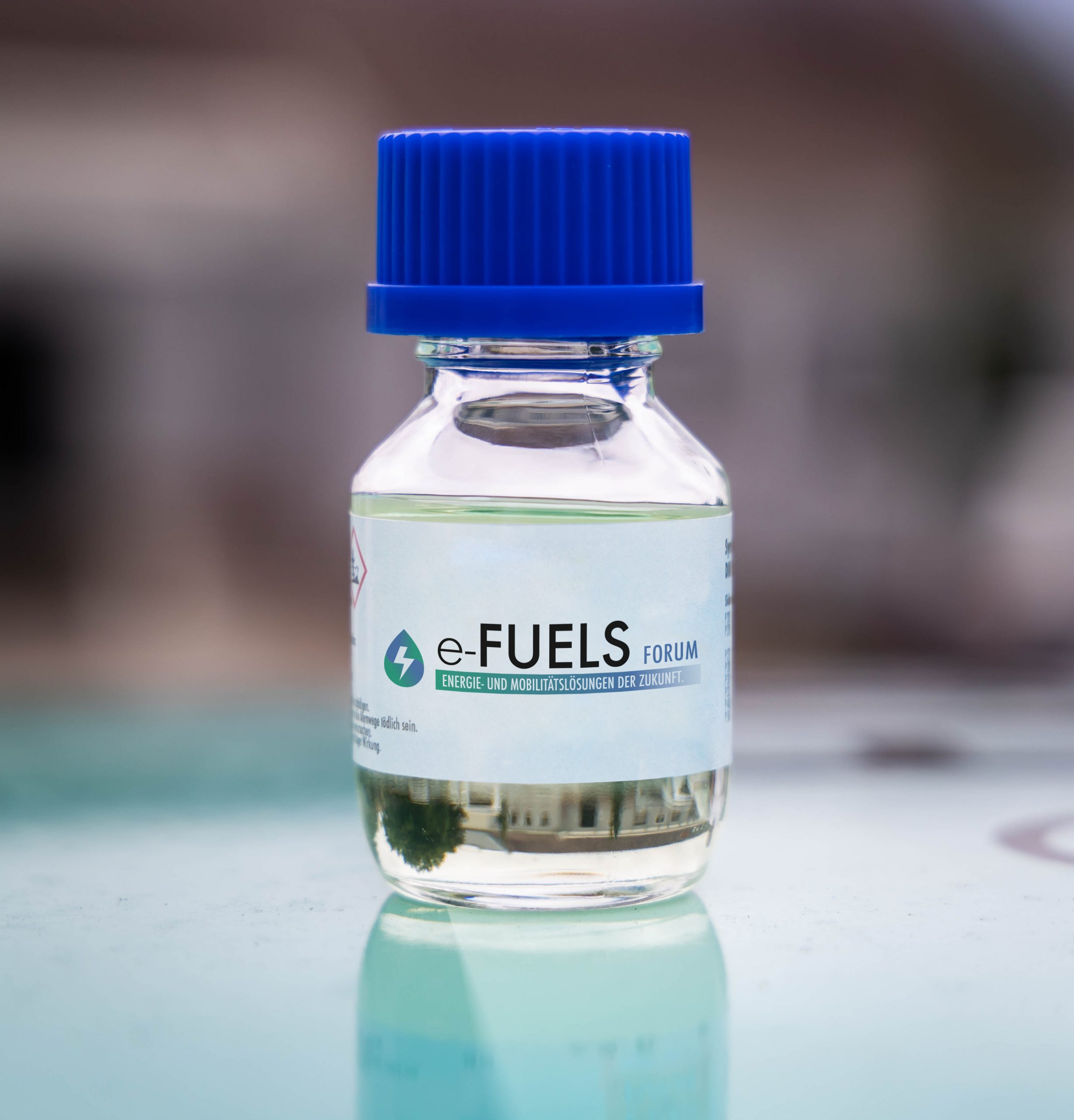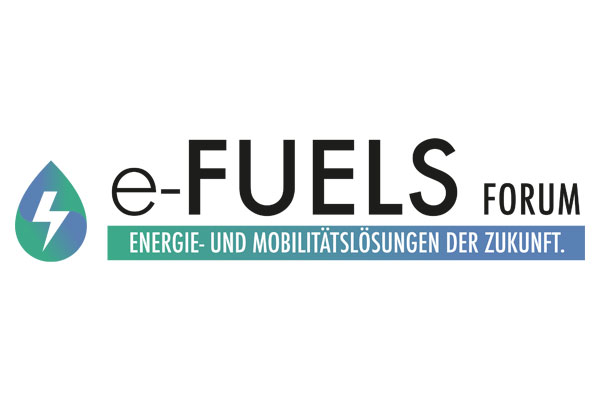What does CO2-neutral mean?
Transparency on the subject of eFuels.
Always stay up to date with eFuels?

What are eFuels?
eFuels (“electricity-based fuels”) are liquid synthetic fuels that are produced from hydrogen and carbon dioxide using green electricity. As only as much CO2 is released during their use as was previously removed from the atmosphere during their production, they are considered CO2-neutral during their manufacture.
How are eFuels produced?
The basis for the production of eFuels are power-to-liquid paths (PtL), with which electricity-based, liquid fuels and combustibles are produced using renewable electrical energy. First, green hydrogen is obtained either from fresh water or from desalinated seawater by electrolysis using renewable electricity , which is then synthesized in theFischer-Tropsch process or via methanol synthesis with carbon dioxide to produce a CO2-neutral liquid fuel.
It is important that the electricity for the production of eFuels comes from renewable sources such as solar or wind energy. For this reason, synthetic fuels (PtX) are produced in regions of the world where sun and wind are available in virtually unlimited quantities. That is why it is ultimately not important how efficient eFuels are in production, i.e. how many kWh of electricity are needed to produce them. They only need to be produced where there is no shortage of renewable energy.
Further information on the efficiency of eFuels can be found here: https://www.efuels-forum.de/mythen-ueber-efuels/
As the chemical composition of eFuels is virtually the same as that of fossil fuels, they can be used without hesitation in theexisting infrastructure (tank farms, tank trucks, filling stations, tankers) and in the existing vehicle fleet as an admixture or in pure form. This makes them an important option for reducing new CO2 emissions in the existing fleet.
In contrast, electromobility requires a completely new infrastructure with high resource requirements and has a correspondingly high CO2 footprint. In addition, the construction of very heavy electric cars requires additional resources, which leads to a further increase in the CO2 footprint – keyword: CO2 rucksack.
What distinguishes eFuels from fossil fuels?
Burning fossil fuels releases new CO2 into the atmosphere, which was previously bound in the ground for millions of years in the form of crude oil. This is why we use the term “new CO2 emissions“. For the production of eFuels , on the other hand, CO2 is extracted from the air and released again during the combustion process. A cycle is therefore created. If renewable energy was used to produce the eFuels, they are therefore considered CO2-neutral.
How high are the pollutant emissions of eFuels?
Last year, the ADAC carried out pollutant measurements on three vehicle models when using e-fuel. The result:
VW Golf VIII: “All test results confirm the engine’s very low pollutant emissions. In all cycles, emissions are well below the limit values, even in the very demanding highway cycle of the ADAC Ecotest. Particle emissions are extremely low with both fuels. NOₓ emissions are even reduced by around 40 percent with the electricity-based fuel.”
Ford Fiesta: “In the test, the pollutant emissions are partly within the limit values. With the e-fuel from CAC, there is a slight deterioration in nitrogen oxides, but the percentage difference is so marginal (in absolute values) that it could also be due to measurement tolerances.”
VW Golf VII: “With the E10 e-fuel from CAC, the emissions change only slightly. Despite a slight increase in nitrogen oxides and an increased number of particles in the exhaust gas, the values remain legally compliant.”
Source: https://www.adac.de/verkehr/tanken-kraftstoff-antrieb/alternative-antriebe/e-fuels-test/
Newsletter subscription
Notes on data protection
Our free newsletter informs you regularly by e-mail about product news and special promotions. The data you enter here will only be used to personalize the newsletter and will not be passed on to third parties. You can unsubscribe from the newsletter or revoke your consent at any time by emailing . Your data will be deleted within 2 months after termination of the newsletter receipt, provided that the deletion does not conflict with any legal retention obligations. By sending the data you have entered, you consent to the data processing and confirm our privacy policy.

